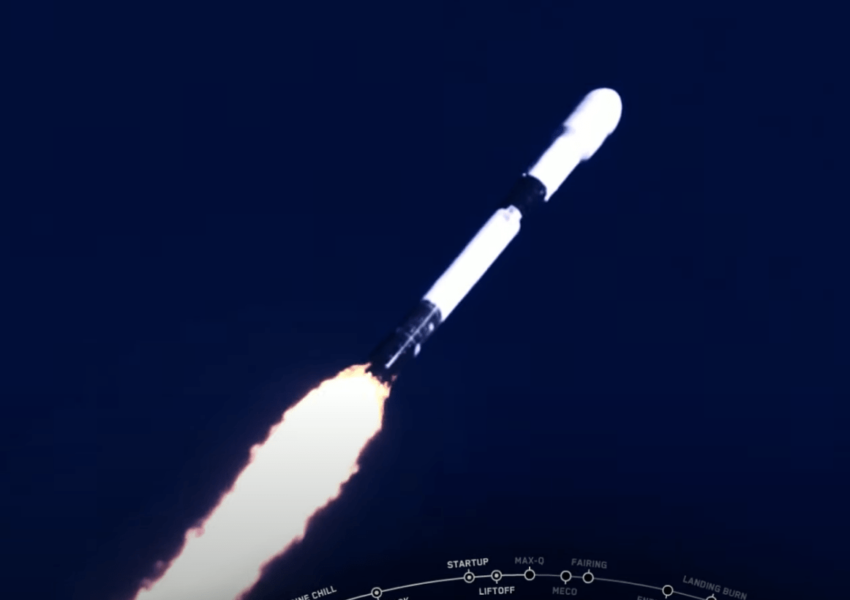Starlink has suffered a major setback, with a solar storm knocking some 40 satellites from orbit.
Starlink is the satellite constellation SpaceX has been deploying to provide high-speed internet access around the world. The company launched 49 new satellites last week, but a solar storm has taken out the majority of them.
The Starlink constellation is in low-Earth orbit (LEO). This allows Starlink to deliver much faster internet performance than legacy satellite systems. It also means that any satellite that fails its system checks will quickly fall out of orbit and burn up in the atmosphere, preventing it from becoming another piece of orbiting space junk.
Unfortunately, deploying the satellites in LEO means they are far more vulnerable to atmospheric conditions than satellites in higher orbit, as SpaceX explains:
Unfortunately, the satellites deployed on Thursday were significantly impacted by a geomagnetic storm on Friday. These storms cause the atmosphere to warm and atmospheric density at our low deployment altitudes to increase. In fact, onboard GPS suggests the escalation speed and severity of the storm caused atmospheric drag to increase up to 50 percent higher than during previous launches. The Starlink team commanded the satellites into a safe-mode where they would fly edge-on (like a sheet of paper) to minimize drag—to effectively “take cover from the storm”—and continued to work closely with the Space Force’s 18th Space Control Squadron and LeoLabs to provide updates on the satellites based on ground radars.
Preliminary analysis show the increased drag at the low altitudes prevented the satellites from leaving safe-mode to begin orbit raising maneuvers, and up to 40 of the satellites will reenter or already have reentered the Earth’s atmosphere.
Starlink says the satellites pose no risk to people or terrestrial objects.
The deorbiting satellites pose zero collision risk with other satellites and by design demise upon atmospheric reentry—meaning no orbital debris is created and no satellite parts hit the ground. This unique situation demonstrates the great lengths the Starlink team has gone to ensure the system is on the leading edge of on-orbit debris mitigation.

